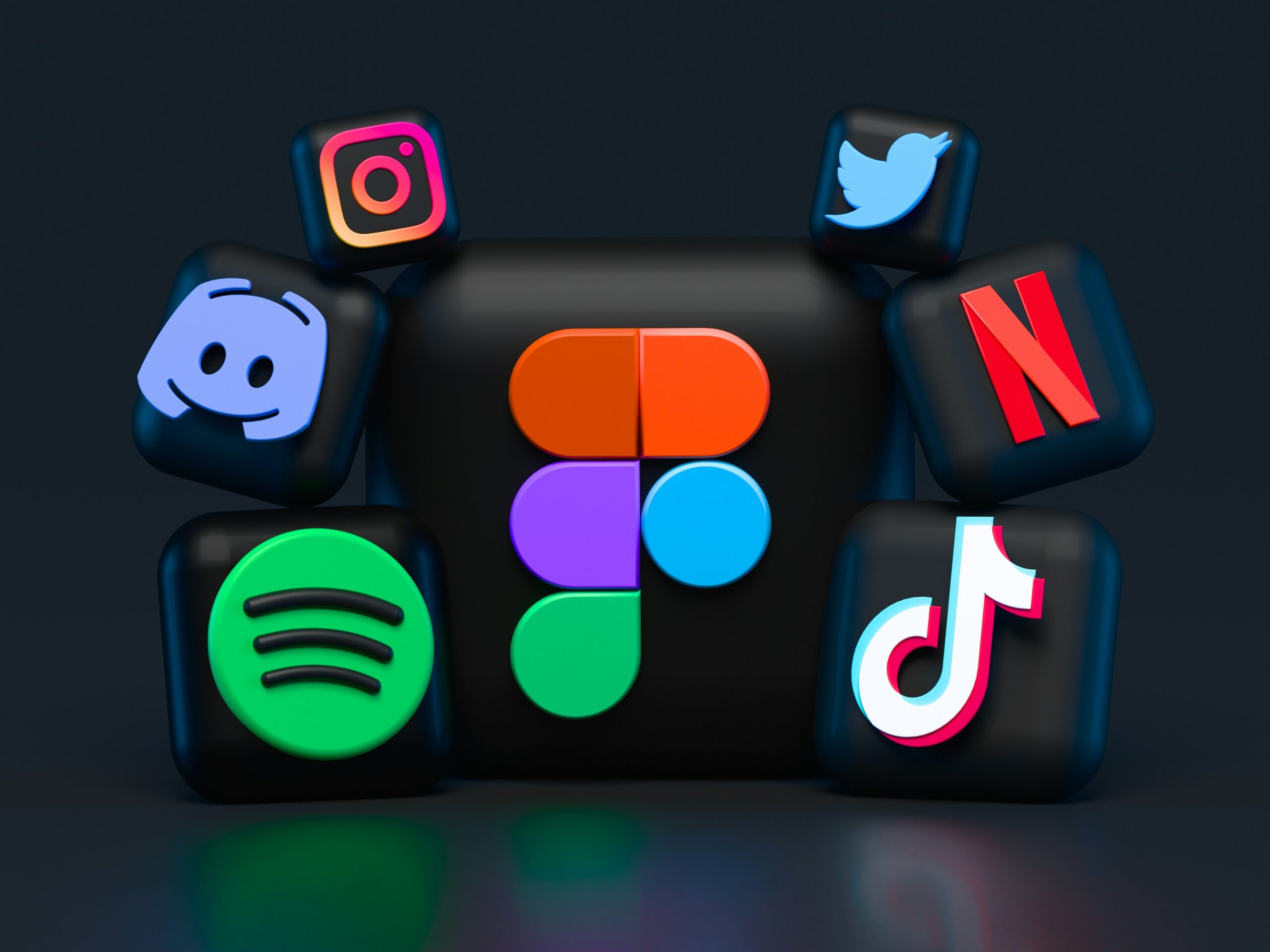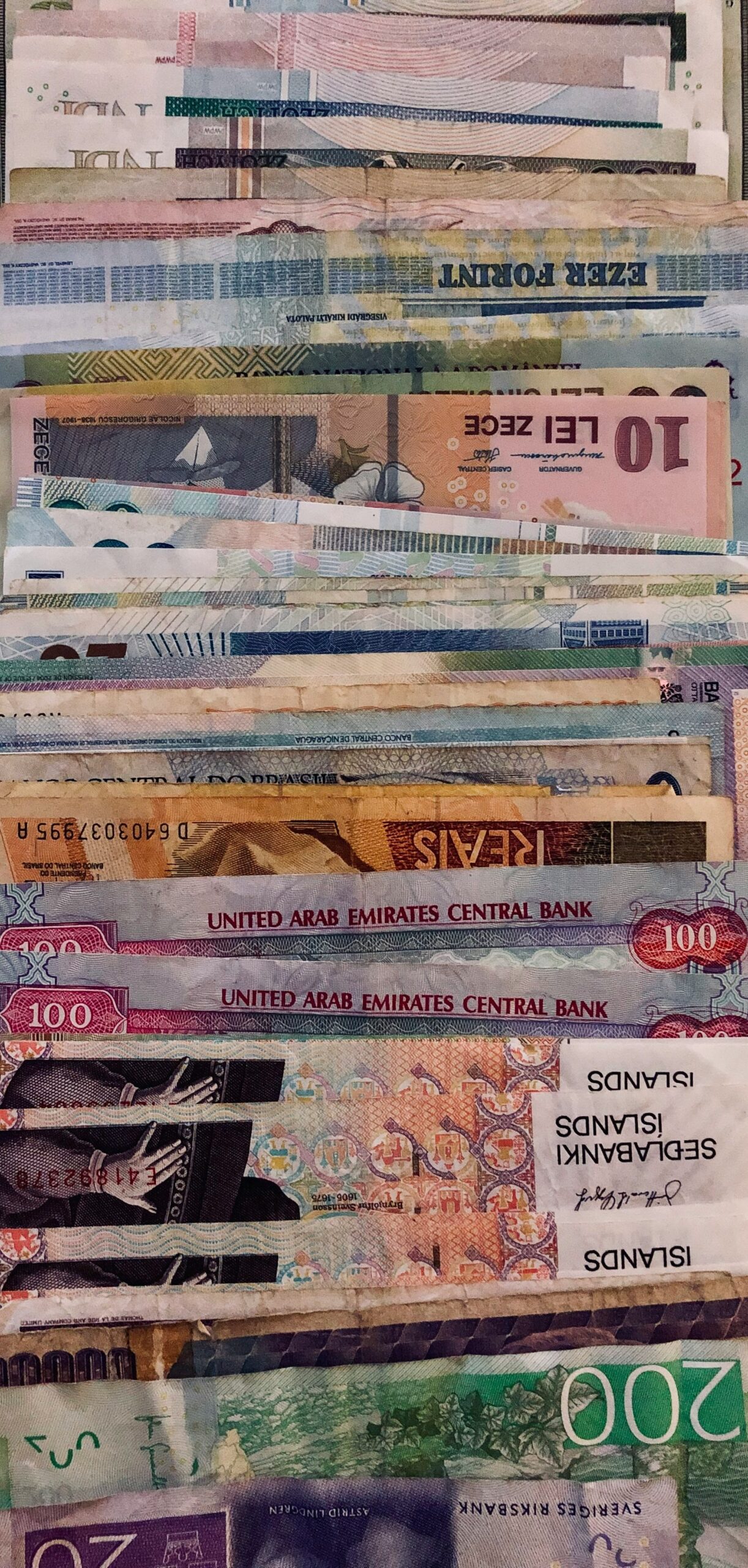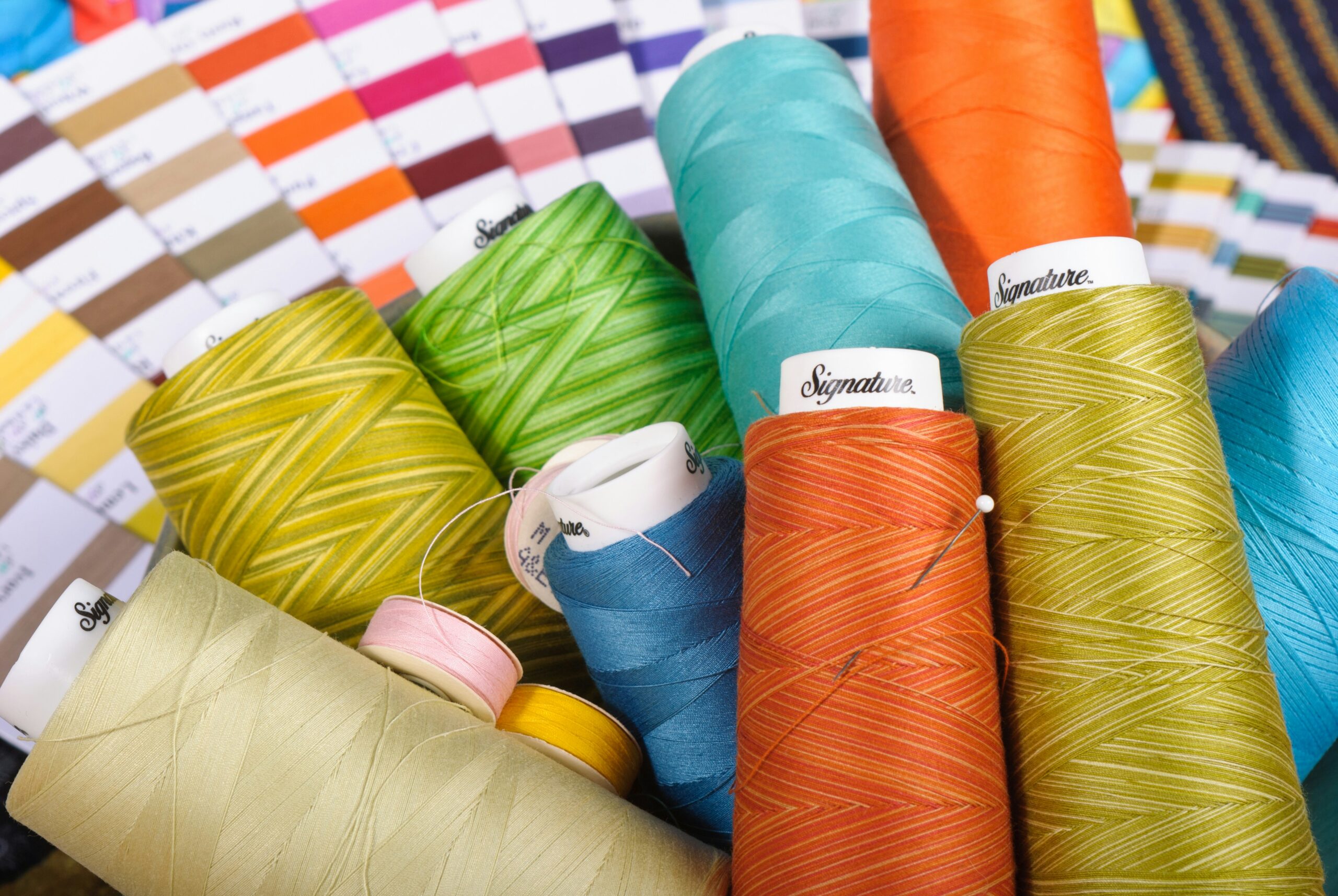No products in the cart.
Shaping Media Content: The Influence of Cultural Values and Norms
Introduction to Media and Culture
Media and culture share a profound and interconnected relationship, wherein each influences and shapes the other. Media serves as both a mirror and a mold for cultural values and norms, reflecting what society deems important while simultaneously having the power to shape public perception and social realities. From television shows to films, print media, and now digital platforms, the narratives presented not only entertain but also inform and reflect the collective beliefs, attitudes, and behaviors of a society.
Understanding this dynamic is crucial, particularly in an age marked by rapid technological advancements and globalization. As media increasingly crosses cultural boundaries, the representation of diverse perspectives becomes essential to ensure that cultural values are respected and portrayed accurately. This understanding helps content creators engage thoughtfully with their audiences, as they navigate the complexities of cultural representation in their work.
The role of media in shaping and reflecting cultural norms cannot be understated; it is both a facilitator of dialogue and a potential source of misunderstanding. For instance, the portrayal of different cultures in film and television can contribute to either the perpetuation of stereotypes or a richer understanding of human experience. Therefore, media producers must be vigilant about the narratives they craft, recognizing their potential influence and the responsibility that comes with it.
Furthermore, the way media is consumed profoundly impacts cultural development. Audiences engage with content that resonates with their values, often reinforcing existing beliefs while sometimes challenging them. This interaction underscores the significance of media literacy, enabling consumers to critically analyze how media representations affect their perceptions and attitudes toward various cultural groups. Ultimately, media functions not merely as a source of entertainment but as a fundamental aspect of cultural identity and social discourse.
Defining Cultural Values and Norms
Cultural values and norms are fundamental components that shape the behavior, beliefs, and perceptions of individuals within a society. Cultural values refer to the shared principles and standards that a group holds in high regard, driving their collective aspirations and what they consider important. These values often encompass concepts such as respect, family, community, and integrity, reflecting a society’s ethical framework.
On the other hand, norms are the rules and expectations that guide behaviors within a community. They serve as the unwritten codes of conduct that individuals are expected to follow, dictating acceptable and unacceptable actions. Norms can vary significantly between different cultures, impacting everything from interpersonal interactions to societal expectations. For instance, while some cultures may prioritize individualism and personal success, others emphasize collectivism and community well-being.
The significance of cultural values and norms in shaping societal behavior cannot be overstated. They govern not only everyday interactions but also influence broader societal structures, institutions, and even policy-making. The way individuals respond to and participate in their culture is heavily determined by these values and norms, leading to distinct lifestyle choices and community dynamics. Furthermore, cultural values and norms play a vital role in the creation of media content, as creators often draw upon their cultural backgrounds to resonate with their intended audiences effectively.
Understanding the diversity of cultural values and norms is crucial, especially in our increasingly globalized world. As media content continues to span across cultures, recognizing the underlying differences can enhance cross-cultural communication and representation. This awareness not only enriches the content but also fosters a more inclusive approach to storytelling that respects and acknowledges the multiplicity of human experiences.
The Role of Media in Reflecting Cultural Values
Media plays a pivotal role in reflecting and shaping cultural values across various societies. Through diverse forms such as film, television, and social media, media serves as a mirror that captures the norms, ideals, and traditions inherent in specific cultures. The representation of these cultural values is not merely coincidental; it is often a deliberate choice that influences public perception and social behavior.
Film, for instance, has historically been influential in portraying cultural narratives. Classic films offer insights into the societal values of their time, whether through the depiction of heroism in wartime cinema or the portrayal of family dynamics in romantic comedies. Each genre often encapsulates the prevailing attitudes and expectations of the society from which it originates. For example, contemporary films in Hollywood frequently address themes such as individualism, diversity, and the pursuit of the American Dream, thereby embodying the cultural values unique to American society. Conversely, films from other regions may reflect their own societal norms, such as collectivism in East Asian cinema or community-centric storytelling in African narratives.
Television also reflects cultural values, often reaching wider audiences and forging shared experiences among viewers. Popular series often tackle issues like gender roles, racial dynamics, and familial structures, prompting discussions around these essential topics. Programs that represent complex characters and storylines can challenge stereotypes and foster understanding among diverse groups, thereby shaping public discourse and influencing societal values over time.
Furthermore, social media platforms amplify the reflection of cultural norms by enabling individuals to share their experiences and perspectives in real time. This democratization of voice allows for a broader representation of cultural values, capturing the nuanced ways in which individuals interpret societal norms. Through trends, challenges, and viral content, social media can reflect and even reshape the narratives prevalent in contemporary culture.
Case Studies: Cultural Influences on Media Content
The relationship between cultural values and media content is evident in various popular films and television shows. These case studies exemplify how cultural contexts shape narratives, character development, and thematic elements, resulting in media productions that resonate deeply with their audiences. A notable example is the 2019 film “Parasite,” directed by Bong Joon-ho. This South Korean film offers a piercing reflection on class disparity and social stratification, themes deeply rooted in contemporary South Korean society. By utilizing subtle humor intertwined with suspense, “Parasite” challenges its viewers to confront uncomfortable societal truths, showcasing how film can foster dialogue around cultural norms.
Another pertinent case study is the television series “Black Mirror.” This anthology series explores the implications of technology on societal values, a theme that resonates across various global cultures. Each episode addresses contemporary issues, illustrating the fears and aspirations associated with technological advancements. The show has gained international acclaim for its ability to transcend cultural barriers, prompting viewers to reflect on universal ethical dilemmas relating to technology that dramatically alters human interactions and societal structures.
Furthermore, the animated film “Coco,” produced by Pixar, reflects the significance of family and memory in Mexican culture. Set against the backdrop of the Día de los Muertos celebration, “Coco” emphasizes the importance of ancestor remembrance and cultural heritage. By utilizing color, music, and narrative, the film conveys profound cultural values while also appealing to a global audience. Such productions highlight how media serves as a mirror to cultural realities, ultimately influencing perceptions and reinforcing or challenging societal beliefs and norms.
These examples underscore the critical role cultural contexts play in shaping media content. They demonstrate that media is not merely a form of entertainment, but a reflection of the diverse and intricate cultural tapestries that inform human experience.
Globalization and Cross-Cultural Media Production
Globalization has profoundly impacted the landscape of media production, leading to an intricate intertwining of cultural values and norms from various regions. This interconnectedness has enabled media creators to access and share diverse narratives, ultimately enriching the overall content. However, this phenomenon also presents challenges, particularly in attempting to balance local cultural values with the broader influences of a globalized world. As media enters new markets, producers must strategically navigate these complexities to create content that resonates with both local and international audiences.
One significant challenge in cross-cultural media production is the risk of cultural homogenization, where local customs and practices may be overshadowed by dominant global narratives. This can lead to dissatisfaction among audiences who crave authentic representation of their identities. To combat this, media producers must invest time in understanding the cultural intricacies of their target demographics. This involves engaging local voices, consulting cultural experts, and conducting thorough research to ensure that the media produced honors the values and traditions inherent to that particular culture.
Moreover, successful adaptation of media content requires a delicate balance where local relevance is infused with globally appealing elements. For example, while a film may be rooted in a specific cultural context, it can incorporate universal themes such as love, family, or resilience that resonate with a wider audience. Such thematic universality allows creators to bridge cultural divides while maintaining the essence of local cultures, fostering appreciation and understanding among diverse viewers.
Ultimately, globalization presents both opportunities and challenges for media production. By prioritizing cultural integrity and encouraging authentic representation, creators can produce content that not only engages a global audience but also celebrates the richness and diversity of cultures worldwide.
The Impact of Social Media on Cultural Norms
Social media has transformed into a powerful platform that shapes cultural expression and disseminates values across diverse communities. As a result, it plays a critical role in defining and redefining cultural norms. User-generated content, which includes videos, articles, photographs, and comments, influences public perception and behavior, effectively contributing to the evolving landscape of cultural dialogue. Through platforms such as Instagram, Twitter, and TikTok, individuals share their unique perspectives, fostering an environment where a multitude of voices can be heard.
The inescapable influence of social media can be attributed to its accessibility and the immediacy of information sharing. Users are no longer passive consumers of content; instead, they actively engage in conversations about current cultural trends. For instance, hashtags and viral content can bring awareness to important social issues, shaping how cultural norms are perceived and accepted within society. Movements like Black Lives Matter and #MeToo have gained significant traction through social media, reflecting a collective shift in societal values and highlighting the platform’s role as a catalyst for cultural change.
Moreover, social media reflects current cultural trends by allowing users to curate content that resonates with their identities. This democratization of content creation has led to the emergence of microcultures, where specific groups create and share their norms and values, often challenging traditional media portrayals. The algorithms employed by social media platforms further enhance this phenomenon by promoting content that aligns with user interests, potentially reinforcing existing beliefs while simultaneously introducing new perspectives.
In this continuously evolving digital landscape, social media remains a potent medium for cultural expression, shaping the way individuals understand and relate to cultural norms. The reciprocal nature of this relationship emphasizes the importance of user engagement, highlighting how social media serves both as a mirror reflecting societal values and a forge for new cultural norms.
Censorship and Regulation: Cultural Perspectives
Censorship and regulation of media content are often informed by the cultural values and norms prevalent in different societies. Each culture employs distinct criteria regarding what constitutes acceptable content, which shapes the regulatory frameworks governing media production. These frameworks not only reflect dominant cultural values but also serve to reinforce or challenge societal norms. In many cases, the implications of censorship extend beyond mere content restriction, impacting the creative freedom of producers and the overall diversity of media narratives.
In cultures that emphasize collective values, such as community harmony or national identity, censorship practices may be stricter. For instance, media content might be regulated to prevent the dissemination of ideas that could be perceived as threatening to social cohesion or national security. Countries like China exemplify this approach, with stringent regulations that serve to align media outputs with state-endorsed values. The result is a media landscape where producers must navigate complex regulatory environments, often self-censoring to align with the expectations set forth by authorities.
Conversely, cultures that emphasize individual freedom may adopt more liberal approaches to censorship. In these contexts, regulatory frameworks may prioritize the right to free expression, allowing for a wider array of narratives and perspectives to be shared. The United States serves as a case study in this regard, where the First Amendment protects against many forms of censorship, promoting diversity in media content. Nevertheless, even in more permissive environments, issues such as hate speech and misinformation still prompt regulatory considerations, illustrating the ongoing negotiation between cultural values and media freedom.
Ultimately, how different cultures negotiate censorship and media regulation reflects deeper societal beliefs and priorities. Media producers must remain cognizant of these cultural undercurrents as they create content, balancing artistic expression with the potential constraints imposed by regulatory frameworks. Understanding these cultural perspectives is essential for navigating the complexities of global media landscapes.
The Future of Media Content: Evolving Cultural Norms
The landscape of media content is undergoing a transformative evolution, significantly influenced by the shifting cultural values and norms of society. As technological advancements continue to reshape the way content is produced and consumed, the implications for future media are profound. Innovations such as artificial intelligence, virtual reality, and augmented reality are not only changing delivery methods but also altering the very fabric of storytelling and audience engagement.
In the coming years, we can anticipate media content will reflect a greater diversity of perspectives. Cultural norms that prioritize inclusivity and representation will compel content creators to address issues of race, gender, and identity more thoughtfully than ever before. This movement towards inclusivity will likely result in an expanded range of voices being represented on various platforms, allowing for richer narratives that resonate with a broader audience.
Moreover, the rise of social media has fostered an environment where audiences are not merely passive consumers but active participants in media creation and dissemination. This shift towards user-generated content will challenge traditional media norms, compelling creators to adapt to the participatory nature of modern digital culture. Media organizations may increasingly collaborate with their audiences, embracing feedback and utilizing user-generated insights to inform production choices.
Furthermore, as cultural values evolve, there may also be a heightened emphasis on authenticity and transparency. Audiences are now more discerning and demand content that aligns with their ethical expectations. This trend may push media producers to engage more genuinely with their content and audiences, leading to a prioritization of quality over quantity in media output.
Ultimately, the future of media content will not only depend on advancements in technology but also on the cultural norms that shape societal expectations. As these dynamics unfold, it becomes crucial for creators to remain attuned to the ongoing changes in cultural values to remain relevant and resonant with their audience.
Conclusion: The Interplay of Media and Culture
Throughout this exploration of media content, it becomes evident that cultural values and norms play a pivotal role in shaping the narratives we consume. The influence of culture on media is not just a background factor; it is an active force that determines content creation, dissemination, and reception. We have seen how various media forms—from television and film to digital platforms—reflect, challenge, and even reinforce cultural ideologies, thereby creating a dynamic interplay between the two entities.
As consumers, our interpretation of media is heavily influenced by our cultural backgrounds, personal experiences, and the prevailing societal norms. Media content often serves as a mirror, projecting our collective beliefs and, in many cases, perpetuating stereotypes. Thus, it is vital to approach media consumption with a critical lens that allows for a nuanced understanding of the underlying cultural messages. This awareness not only enhances our appreciation of media but also encourages a more informed and conscious engagement with the content we encounter.
For creators, recognizing the weight of cultural values in media production can lead to more responsible storytelling. By being attuned to the cultural implications of their work, creators have the power to challenge unjust norms, promote diversity, and foster positive social change. This responsibility comes with the recognition that media content is not simply a product for consumption but a significant player in shaping public perceptions and cultural narratives.
In conclusion, the relationship between media and culture is complex and multifaceted, necessitating ongoing discourse and examination. Both consumers and creators must strive for a greater awareness of this interplay to cultivate a media landscape that is reflective of the diverse cultural tapestry of society. By engaging critically with media, we can contribute to a richer, more inclusive representation of cultural values that informs and enriches our shared experiences.






















![A Comprehensive Review of [Course/Product/Experience Name] 22 man in gray shirt sitting on black chair](https://theamericansidehustle.net/wp-content/uploads/2025/03/man-in-gray-shirt-sitting-on-black-chair-1-scaled.jpg)














































































